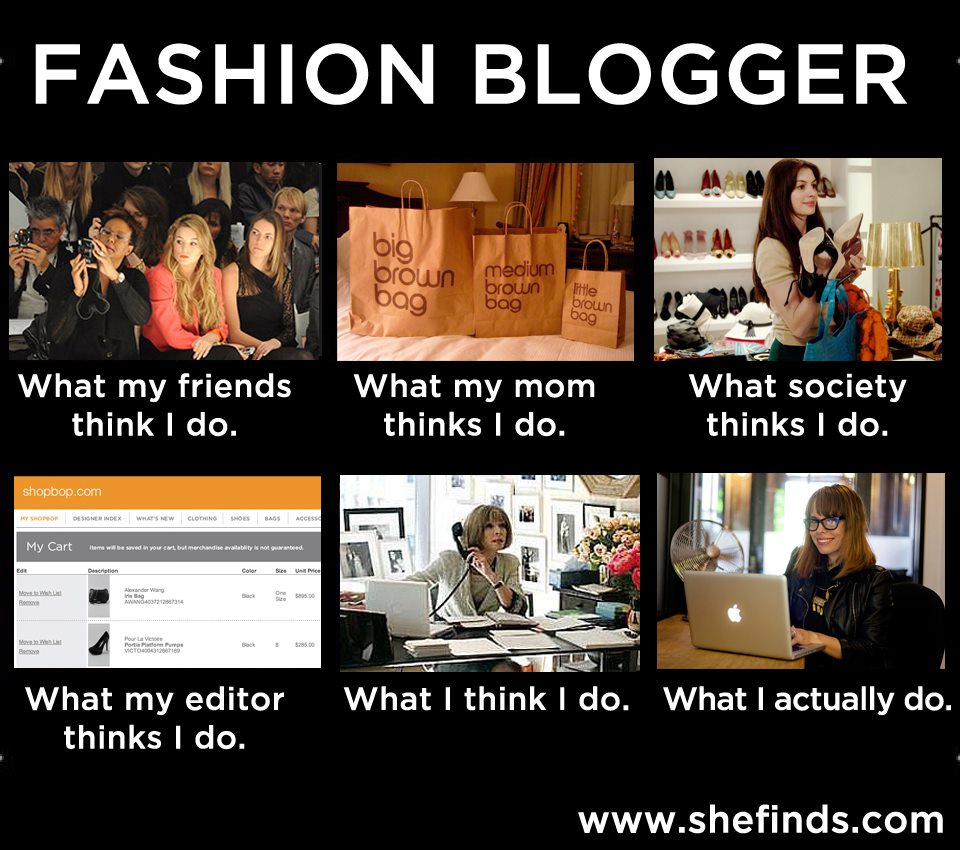“The company is now just as much a content generator as it is a design house.” Christopher Bailey, Creative Director of Burberry.
This pretty much says it all. Brands have become the new content publishers, rapidly morphing into today’s media companies.
‘Content Marketing’ is undoubtedly the new (and here to stay) tactical wave of how brands plan reach and engage with their customers – and on a much deeper level than ever before. Content marketing is also proving to be more effective and cheaper than paid advertising.
According to this infographic by Marketo , content marketing is a growing force because it develops trust, minimizes risk, drives traffic, and captures leads…and nurtures those leads.
Enter The Fashion Blogger.
The idea of content spans so many genres, levels, and mediums that what may be appropriate for one brand, may in fact be meaningless for another.
Brand marketing today is moving at light speed, beyond simple media buys to buzzier words like ‘engagement’, curation, and ‘social commerce. Marketing strategy now involves being editor-in-chief, filmmaker, and storyteller, all-in-one.
But once you have created captivating, quality, authentic content in line with your brand values – now what?
Why are fashion bloggers (or any blogger for that matter) relevant to content marketing?
Because bloggers are gaining ground on traditional media as never before – in many cases consumers are engaging with bloggers/indie publishers at the same rate or more compared to established media brands (i.e. Conde Nast, Hearst, et al).
Also, Bloggers have the potential to build content and bolster your brand message if managed and engaged in a meaningful way.
Bloggers typically have a much more resonant online voice than the average person in social media, and when chosen wisely, are uniquely qualified to amplify the voice of a brand.
Bloggers vs. Big Media – A Comparison
We recently crawled some key fashion blogger social media data points in order to compare the levels of Facebook & Twitter content sharing and engagement between blogs and big media.
Here’s a Teen Vogue post on two bloggers who share an apartment
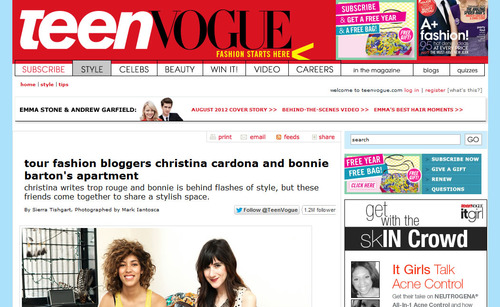
The Data (from last year):
FB Shares: 12
FB Likes: 5
FB Comments: 1
FB Total: 18
Total Retweets: 16
No comments
Now, let’s take a look at one of the bloggers featured (“Trop Rouge”) who posted a run-of-the-mill post;
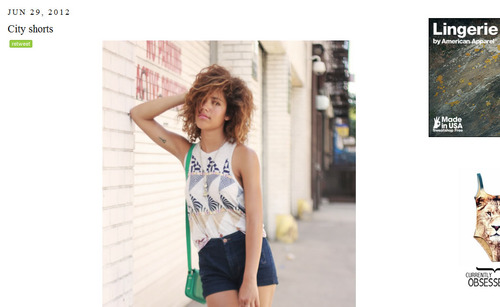
Prior to being featured the post received,
FB Shares: 4
FB Likes: 6
FB Comments: 1
FB Total: 11
Total Retweets: 4
At first glance you might say “Teen Vogue got more engagement,” but consider that they have 1.3 million Facebook fans and 1.2 million Twitter followers. Trop Rouge has 3700 Facebook fans and 3300 Twitter followers. This is a testament to the power of the mid-range blogger.
Now for another example, and one that shows that it’s not just US bloggers holding their own against huge multi-person operations:
Garatos Estupidas (“Stupid Girls”)is a Brazilian blog, currently the top non-U.S.-based foreign-language blog in our list – and created by a single author.
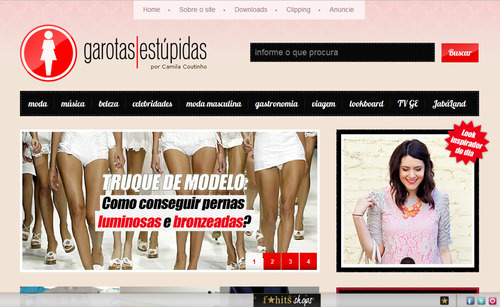
We put Camila Coutinho (‘Garotas’ single blog author) up against Vogue Brasil;
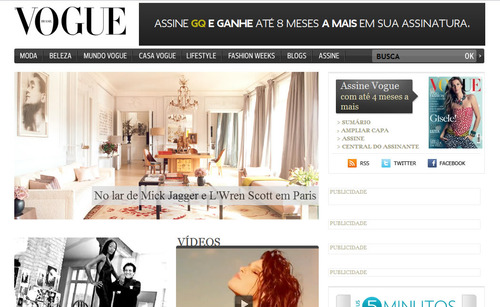
Traffic (according to Google AdPlanner)
GE: 680,000 visitors in May 2012
VB: 2.6 million visitors in May 2012
Facebook Fans
GE: 138,900
VB: 132,700
Twitter followers
GE: 79,905
VB: 57,600
Vogue Brasil has 3x times the traffic, and still can’t match a single author blog when it comes to fans and followers.
And, now for the men. The Sartorialist vs. GQ.
Coverage of the same men’s Bottega Veneta fashion show last year;
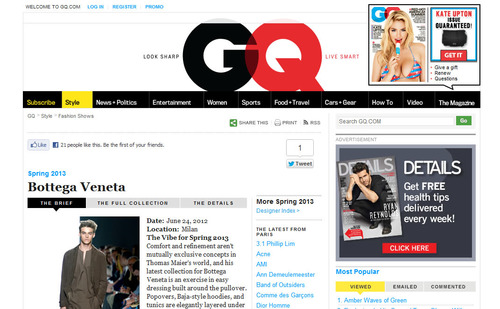
FB Shares: 3
FB Likes: 11
FB Comments: 7
FB Total: 21
GQ: Total Retweets: 1
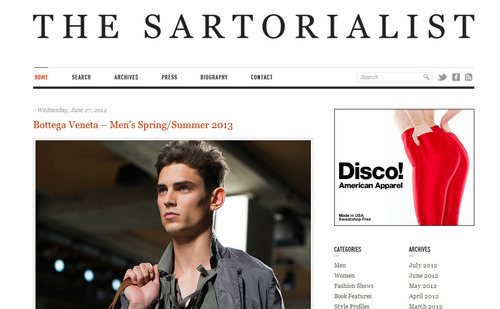
FB Shares: 67
FB Likes: 20
FB Comments: 11
FB Total: 98
The Sartorialist Total Retweets: 89!
You may get ‘visibility’ by going with traditional media but if you want to reach sites that can drive the same level of interaction (and possibly more) for half to a quarter of the cost, go with bloggers.
Now to the tactical part…
How to Engage the right Fashion Bloggers for your Brand: 3 Tips;
1) Evaluate Blogs on Content & Audience: Go beyond follower counts.
First of all, select fashion bloggers based how often and how widely a blogger’s content is shared – not just follower counts. Retweets, comments, and engaged followers are way more important.
There are several ways to do this;
– Search blogger user names on Twitter to get an influence overview
– Google has analytics tools evolved from their acquisition of Postrank that sift through social media/content data
– Work with your developer/tech team to pass it through Facebook’s ‘Open Graph API’ – this is the primary way to get data in and out of Facebook’s social graph
– On Instagram search for a blogger’s username and look for the number of comments to get a feel for activity and influence.
2) Choose bloggers that fit your brand. Look beyond the names everyone knows. Give Recognition.
As content and commerce merge, the demand for content (and curation) on behalf of a brand can be an overwhelming task, and bloggers if worked with properly, can be your most effective partner.
Expand potential blog partners to include up-and-comers as well as established names. The top ten fashion and beauty bloggers have become household ‘brand’ names along the lines of Vogue and Elle – and can be just as expensive to work with and as tough to reach.
Therefore, in many ways the more influential (and accessible) are those hundreds of bloggers that sit somewhere in the middle and still preside over passion-communities, and can become your greatest brand advocates.
Also, give recognition to bloggers who post content in line with your message. And there should always be a deal in place if republishing original content in its entirety, and fair use – short snippets, a small thumbnail, etc., if just including a non-commercial daily roundup or something similar. Using blogger content for your own advertising or products always requires the bloggers’ or publisher’s permission.
Unlike magazines, blogs aren’t standardized. Each one will have different criteria for widgets, write-ups and everything in between.
3) Ensure Blogger marketing is part of your overall marketing strategy
Campaigns that are in the digital realm cannot exist in a vacuum. Your strategy with bloggers and content marketing must fit in with your overall marketing mix. Marketing and brand strategy has to be an integrated solution across all media, traditional, and digital, especially for visually driven industries like fashion and beauty.
Too often brands relegate blogger marketing, partnerships, and PR to their ‘social media’ or ‘digital’ departments without integrating these initiatives at the highest stakeholder/CMO levels. The issue is the way brands are siloed. By leveraging all of your departments around blogger marketing and content initiatives, these campaigns take on a robust life that, if executed well, can significantly increase consumer engagement, brand chatter, and ultimately revenue.
* This article is reposted from Eight-Eighteen Strategies on Tumblr.
advertising, blog, blogger, branding, fashion, magazine, marketing, vogue

